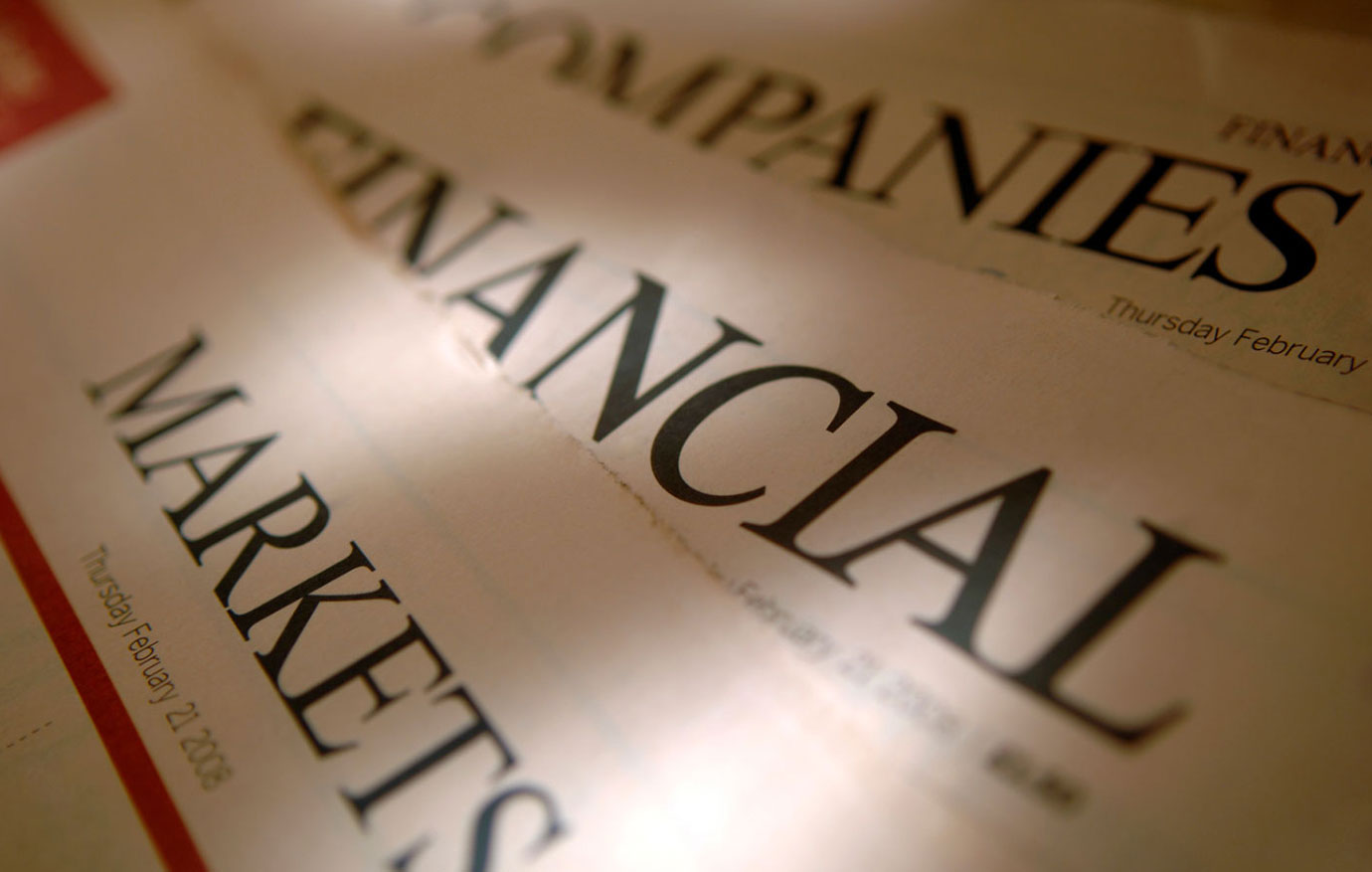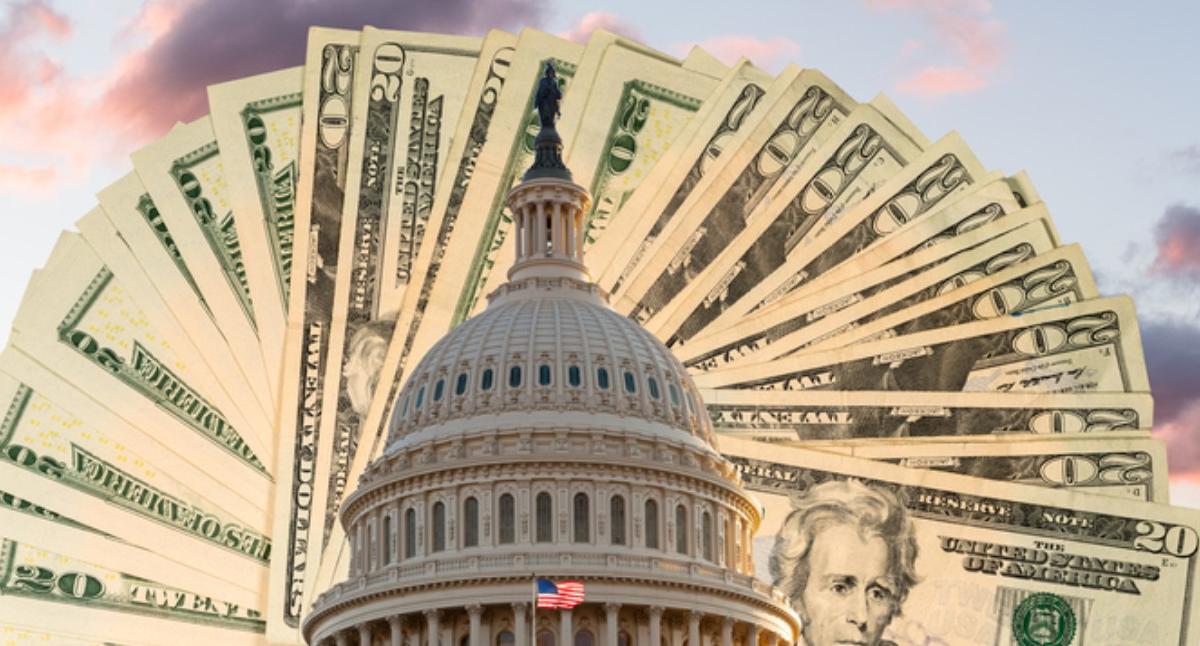How Medical Innovation Happens: Cash Clinics in Pharmacies and Big Box Stores
A new world of medical entrepreneurship is growing. Concierge and cash-only practices, walk-in cash clinics, medical tourism, and cost-sharing plans are just a few of the ways free-market approaches are changing the landscape. Our expert speakers will discuss several of
Privatize the Police
Abolition of the public sector means, of course, that all pieces of land, all land areas, including streets and roads, would be owned privately, by individuals, corporations, cooperatives, or any other voluntary groupings of individuals and capital. The fact that all streets and land areas would be private would by itself solve many of the seemingly insoluble problems of private operation. What we need to do is to reorient our thinking to consider a world in which all land areas are privately owned.
Let us take, for example, police protection. How would police protection be furnished in a totally private economy?
Part of the answer becomes evident if we consider a world of totally private land and street ownership. Consider the Times Square area of New York City, a notoriously crime-ridden area where there is little police protection furnished by the city authorities. Every New Yorker knows, in fact, that he lives and walks the streets, and not only Times Square, virtually in a state of "anarchy," dependent solely on the normal peacefulness and good will of his fellow citizens. Police protection in New York is minimal, a fact dramatically revealed in a recent week-long police strike when, lo and behold!, crime in no way increased from its normal state when the police are supposedly alert and on the job.
At any rate, suppose that the Times Square area, including the streets, was privately owned, say by the "Times Square Merchants Association." The merchants would know full well, of course, that if crime was rampant in their area, if muggings and holdups abounded, then their customers would fade away and would patronize competing areas and neighborhoods. Hence, it would be to the economic interest of the merchants' association to supply efficient and plentiful police protection, so that customers would be attracted to, rather than repelled from, their neighborhood. Private business, after all, is always trying to attract and keep its customers.
But what good would be served by attractive store displays and packaging, pleasant lighting and courteous service, if the customers may be robbed or assaulted if they walk through the area?
The merchants' association, furthermore, would be induced, by their drive for profits and for avoiding losses, to supply not only sufficient police protection but also courteous and pleasant protection. Governmental police have not only no incentive to be efficient or worry about their "customers'" needs; they also live with the ever-present temptation to wield their power of force in a brutal and coercive manner.
"Police brutality" is a well-known feature of the police system, and it is held in check only by remote complaints of the harassed citizenry. But if the private merchants' police should yield to the temptation of brutalizing the merchants' customers, those customers will quickly disappear and go elsewhere. Hence, the merchants' association will see to it that its police are courteous as well as plentiful.
An “Open Mind” Is of No Use When It’s Open to Lies
In our world, there is very little people agree upon. One thing that seems to be an exception is that having an open mind is almost universally well regarded, while having a closed mind is almost universally criticized. However, such
The Feds Collect Most of the Taxes in America—So They Have Most of the Power
In 2021, it's clear Americans now have thrown off any notions of subsidiarity and instead embraced the idea that the federal government should be called upon to fund pretty much anything and everything. From "stimulus checks" to "paycheck protection," it's assumed
The Drive for Regulatory Harmonization
Contemporary social and economic affairs take place within a bewildering complex of regulatory restrictions and requirements. Already profuse beyond comprehension, the labyrinth grows ever more extensive. In the United States, at the federal level alone, the 4,000 to 5,000 new
The Real Trickle-Down Effect: Making “Luxuries” Affordable to Regular People
Most readers are familiar with the notion of the "trickle-down effect." This caricature is usually employed by left-leaning economists to denounce tax cuts for the entrepreneurial class. Writing for the Washington Post, Christopher Ingraham tells readers that slashing tax rates
Pregnant Woman Tries to Comply with Police Orders, Then the Cop Attacks Her
Pregnant Nicole Harper was doing what she was supposed to do: she was slowing down and signaling that she was looking for a safe place to pull over. That's when a state trooper decided to flip her car over. Original Article:
Should We Fear Stablecoins?
A “stablecoin” is a cryptocurrency whose value is pegged to a fiat currency, gold, or another continuously traded asset. USD Tether (USDT) and USD Coin (USDC), the two stablecoins with the largest values in circulation, are each managed to maintain
Why Producer Prices (Like Lumber Prices) Are Rising Faster Than the CPI
“Homebuilding rebounded less than expected,” NBC reported recently, “as very expensive lumber and shortages of other materials continued to constrain builders’ ability to take advantage of an acute shortage of houses on the market.” Lumber isn’t the only material that has
The 7 Habits of Highly Effective People – A Book Review
‘The 7 Habits of Highly Effective People’ written by American educator Stephen R. Covey, is indubitably one of those few astounding books that are not just meant to be kept on the shelf but instead require us to come back











